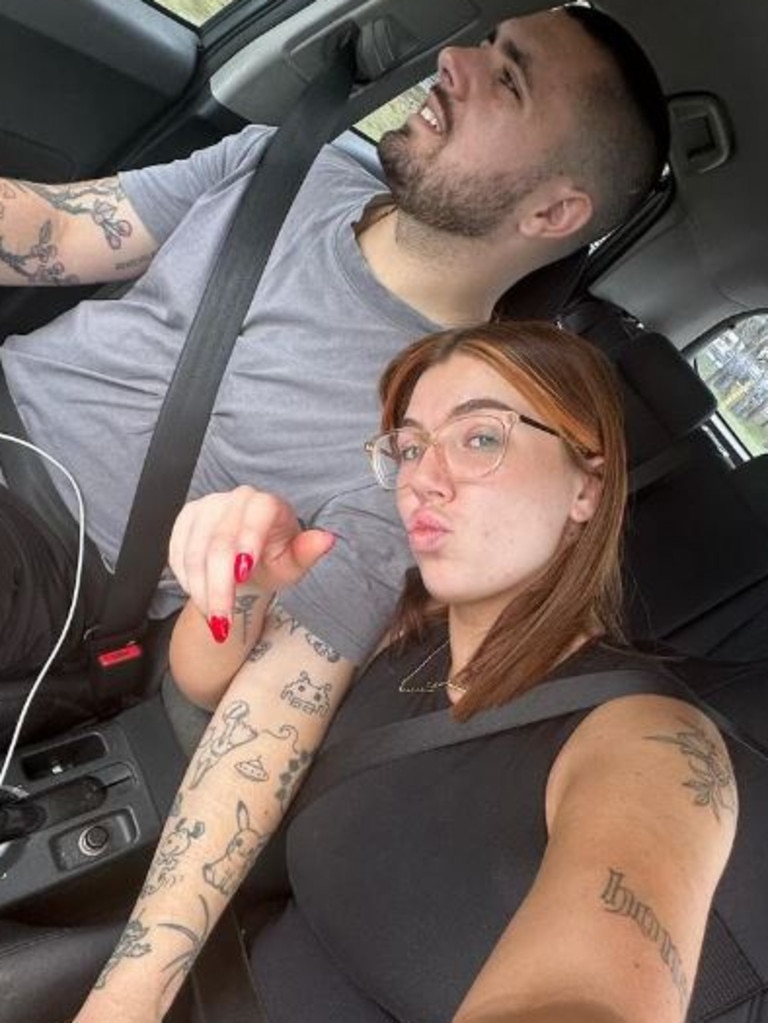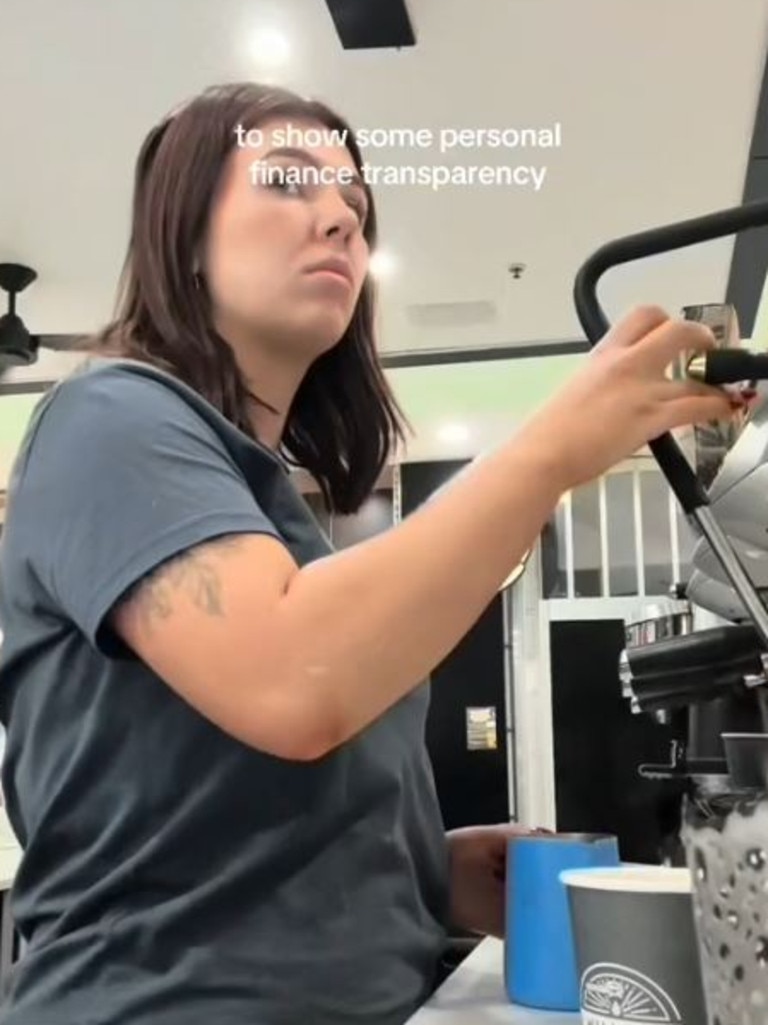22yo barista reveals $1000 plan to buy a home in Sydney
Once, earning $130,000 would have made you “rich”. Now, an Aussie Gen Zer has revealed the grim truth about the six-figure income.
Lauren Hutchinson is 22 and expecting her first child in November, but that isn’t stopping her from saving for a house.
Ms Hutchinson lives in Sydney with her partner, 23, and the two work together at a cafe that he co-owns.
The expecting mum works full-time as a barista on a casual contract and earns about $60,000, working an average of 38 hours a week. Her partner pays himself a similar wage, earning around $70,000.
Their combined income of $130,000 sounds impressive, but it doesn’t mean much in Sydney anymore, where the average house price is over $1.6 million.


To save money for a deposit, they’ve moved in with their family.
The couple doesn’t pay board but contributes $50 weekly to communal house groceries and purchases their own food as well.
Ms Hutchinson said she’s keen to buy a property but she is also very realistic about what and where they can afford.
“We’d love to live on the coast but that is virtually impossible with the cost of living in Sydney and the price of properties these days,” she told news.com.au.


The couple have settled on the Wilton area, which is around 30 minutes from Wollongong and 30 minutes from their families. They want to have a sizeable down payment.
“Ideally we’d like to have $80,000 in the bank when we buy. Obviously, the deposit, fees, and other expenses associated with purchasing a property may not be that much depending on the loan size, but we would like that comfort and peace of mind,” she said.
So how do they plan to save a deposit?
“We save approximately $1000 a week so $80,000 is definitely achievable over two years,” she explained.
Ms Hutchinson said that their fixed living expenses are only around $100 per week on things like phone bills and subscriptions and $250 on essentials like food and petrol. So it’s about cutting down on stuff they can afford not to do, like ordering UberEats.
“The cost of living these days is wild,” she pointed out, but that aside, they’ve found small changes have reduced their spending.
“At the moment we are trying to reduce our spending by getting less take out. We have learnt to become savvy when it comes to groceries like buying home brand items and not more than we need and shopping more sales.”


One big hurdle the couple has had to face is changing their relationship with the buy now, pay later platform, Afterpay.
“Afterpay can definitely get in the way,” she admitted.
“We are lucky enough that we’ve learnt how to use it and not go crazy. We only purchase things if we have the funds for it,” she said.
Occasionally they veer from this policy and use the service, but Ms Hutchinson said, while the service offers 8-week payment plans with four instalments, they make it shorter.
“Sometimes we use Afterpay and pay two payments and then pay it off the following week just so we aren’t left short for the week, but only if we already have the money for it. We never use it in place of funds we don’t have,” she said.
She’s also embraced no-spending weeks.
It might sound daunting, but Ms Hutchinson explained that once you work out what you need to spend to survive a typical week, it becomes easier to eliminate the other stuff.
“Last week was our no-spend week. We didn’t purchase any takeout and we were prepared with our meals. I think the easiest ways to get on top of it is just being prepared,” she explained.
She said the no-spending weeks could be “challenging”, but she recommends people give them a go.
“We set aside our fixed expenses as well as our essentials and then challenge ourselves not to get take out, not shop, and not have unnecessary chocolate bars at petrol stations,” she said.






